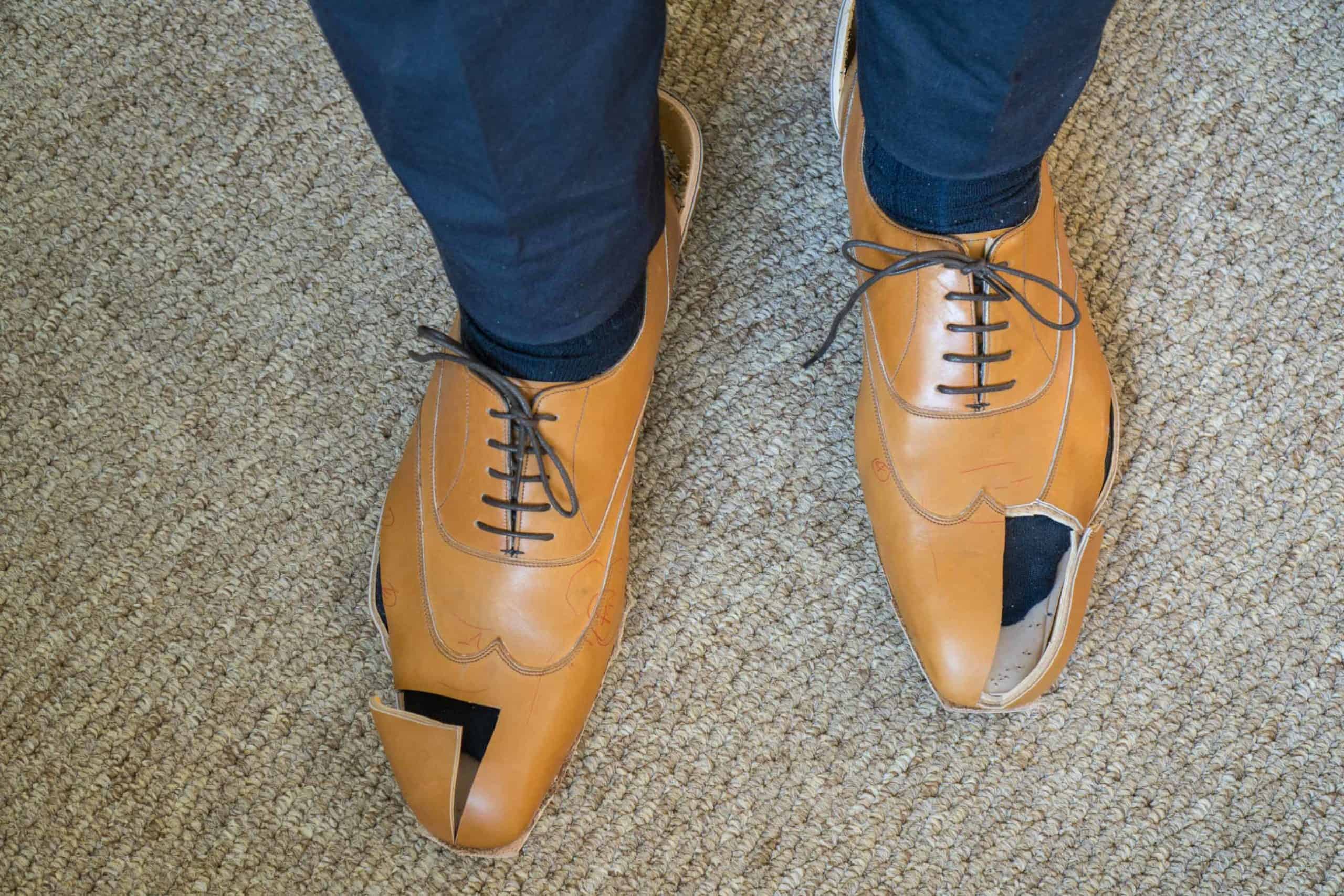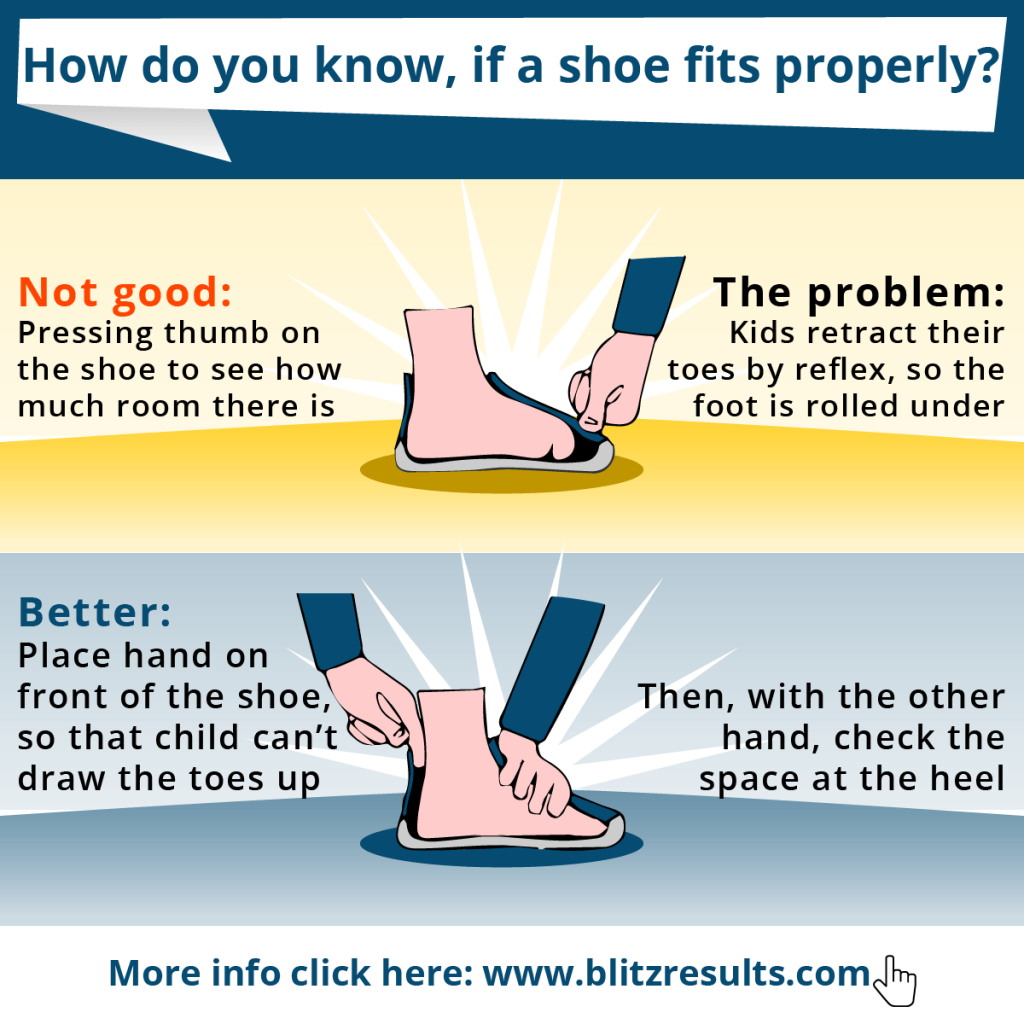Have you ever wondered, “How much space should I have in my shoes?” Whether you’re a fashion lover, a professional athlete, or simply someone who values comfort in their daily footwear, understanding the right amount of space in shoes is essential for foot health and overall comfort. In this guide, we’ll break down everything you need to know about shoe fit, optimal space, real-world experiences, and provide tips to make sure you step out in comfort!
Understanding Shoe Fit and Space
Shoe fit is a crucial factor that influences your overall comfort, performance, and health. The space you have in your shoes can determine whether you’ll have a day of comfort or end up with sore feet by lunchtime. But how much space is “just right”? According to various footwear studies, shoes should have about a thumb’s width of space at the front, also known as “toe box,” allowing your foot to move naturally. This amount of space helps prevent issues like blisters, bunions, and other foot ailments.
Why Proper Shoe Fit Matters
Proper fit is essential for several reasons:
- **Foot Health**: Ill-fitting shoes can lead to a variety of foot problems, including calluses, corns, and other painful conditions.
- **Comfort**: If your shoes are too tight or too loose, you may experience discomfort throughout the day, affecting your productivity.
- **Performance**: Athletes, in particular, need shoes that fit properly to ensure optimal performance during activities.
- **Style**: Shoes that fit well not only feel good but look better too!

The Anatomy of a Shoe Fit
To better understand how much space you should have in your shoes, let’s break down the components of a shoe fit:

- The Toe Box: As mentioned, this part of the shoe should have enough space for your toes to wiggle comfortably. A thumb’s width is a good rule of thumb.
- The Width: The shoe should not pinch your sides. There should be enough room for your foot without feeling like the shoe is falling off.
- The Heel Fit: Your heel should fit snugly in the back of the shoe without slipping as you walk.
Real-World Footwear Experiences

Understanding shoe fit from a theoretical perspective is essential, but real-world experiences bring it to life. Many people have shared their struggles and triumphs with shoe fit. For instance, a friend of mine, Sarah, a fitness enthusiast, recently invested in a pair of running shoes. Initially, she opted for a standard size, but after a few painful runs, she sought a professional fitting.
At the store, she found that she actually needed a wider shoe because her feet would swell during runs. The extra space allowed her toes to splay naturally, drastically reducing discomfort. This experience highlights the importance of considering not just the size of the shoe, but also the width and overall fit when selecting footwear. Without adequate space, activities like running could become more painful than pleasurable.

Another case involves Mark, a business professional who often wears dress shoes. He faced chronic foot pain until he learned that the toe box of his favorite brand was too narrow. Switching to a brand with a wider fit transformed his workdays, and he reported feeling much more energized and comfortable.
Case Study: Footwear Fitting Methods

Several methods are used by footwear retailers to help customers find their perfect fit:
| Method | Description | Pros | Cons |
|---|---|---|---|
| Brannock Device | A traditional tool that measures foot length and width. | Accurate dimensions for size selection. | Limited to standard sizes, may not consider foot shape. |
| 3D Foot Scanners | Technology that creates a digital map of your foot. | Provides tailored fitting and recommendations. | Accessibility and costs can be limiting. |
| Expert Consultation | Advice from trained footwear experts. | Personalized fitting based on individual needs. | Can be intimidating for some shoppers. |

The Perfect Amount of Space You Need
Space in the Toe Box

The most critical area where space matters is the toe box, which should allow for approximately one thumb’s width (about half an inch) of space from your longest toe to the end of the shoe. This prevents your toes from hitting the front of the shoe, which can cause pain and damage over time. Running shoes often require slightly more space due to foot expansion during activity.
Width Considerations

In addition to length, width is paramount. Many brands offer different width options (narrow, regular, wide), so if you find your feet are pinched, it’s crucial to explore these options. A good width will accommodate the natural shape of your foot without causing pressure points.
Heel Fit
When it comes to the heel area, a snug fit is essential to provide stability. However, it should not be so tight that it causes discomfort or restricts blood flow. Ideally, your heel should stay in place as you walk. If your heel slips out, it can lead to blisters and other painful issues.
Tips for Finding Your Perfect Fit
Here are some practical tips to help you find the right amount of space in your shoes:
- Try Shoes on Later in the Day: Your feet swell throughout the day; trying shoes on in the afternoon or evening can give a more accurate fit.
- Use Socks: Try on shoes with the socks you plan to wear regularly. Different sock thickness can affect the fit.
- Walk Around: Always walk around the store to ensure shoes feel comfortable in action.
- Consult Professionals: Don’t hesitate to ask for assistance from knowledgeable staff to find the best fit.
Product Highlights: Best Shoes for Space and Comfort
While finding the right fit depends on individual factors, here are a few shoe brands that are renowned for their fit and comfort:
- Brooks: Known for running shoes with ample cushioning and a roomy toe box, ideal for long-distance runners.
- ASICS: Offers a range of sizes and widths, especially in their Gel series, ensuring a comfortable fit for various foot shapes.
- New Balance: Provides a selection of widths, making it easy for shoppers to find shoes that fit snugly without constricting.
- Clarks: Famous for their dress shoes and casual footwear; they include options with wider fits for all-day comfort.
Pros and Cons of Space in Shoes
Pros
- Enhanced Comfort: Adequate space prevents pinching and discomfort.
- Improved Performance: More room supports foot movement, enhancing athletic performance.
- Reduced Injury Risk: Preventive measure against blisters and other foot conditions.
Cons
- Potential Slippage: Too much space can lead to foot slippage, making it hard to walk.
- Less Control: An overly spacious shoe can reduce stability, especially during physical activities.
FAQs: Understanding Shoe Space
How much space should I have in my running shoes?
When choosing running shoes, aim for about a thumb’s width of space (approximately half an inch) between your longest toe and the end of the shoe.
Is it better to buy shoes too tight or too loose?
Neither is advisable. Shoes should fit snugly but comfortably without pinching or slipping. It’s crucial to find a balance for optimal foot health and comfort.
What happens if my shoes are too tight?
Tight shoes can lead to blisters, calluses, and other foot injuries. Chronic wear of tight shoes might even result in deformities like bunions over time.
Can shoe size change over time?
Yes, shoe size can change due to factors like age, weight gain or loss, and lifestyle changes. Regularly measuring your feet can help ensure a proper fit.
Should I consider my foot shape when buying shoes?
Absolutely! Foot shape is essential for finding the right fit. Brands often offer various styles and widths to accommodate different foot shapes.
Do shoe brands fit differently?
Yes, different brands may have variations in sizing and fit, so it’s important to try on multiple brands to find the right size for you.
Can insoles help with shoe fit?
Insoles can provide additional support and cushioning, and they can help fill out extra space in shoes if they are slightly loose, enhancing overall comfort.
How often should I replace my shoes?
Running shoes should typically be replaced every 300-500 miles, while everyday shoes may last longer, depending on wear and tear. Pay attention to signs of wear and comfort.
What should I do if my shoes hurt?
If your shoes are causing discomfort, it’s best to reevaluate the fit. Consider trying a different size, style, or brand, and consult a professional if necessary.
Are there any specific brands best for wide feet?
Yes, some brands like New Balance, ASICS, and Brooks offer wider options. It’s essential to check the shoe’s width designation to find your perfect fit.
Conclusion
Finding the right amount of space in your shoes is essential for comfort, performance, and overall foot health. By understanding the anatomy of shoe fit, listening to real-world experiences, and considering expert advice, you can ensure that your footwear is perfect for your needs. Don’t underestimate the importance of properly fitting shoes – your feet will thank you!
For more information on footwear fitting and styles, you can check out resources such as the CDC Footwear Fitting Guide and further insights from the Footwear News article on avoiding shoe pain.